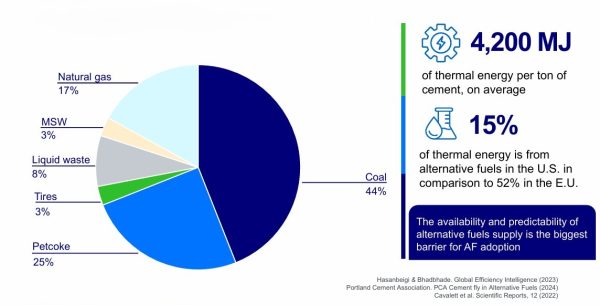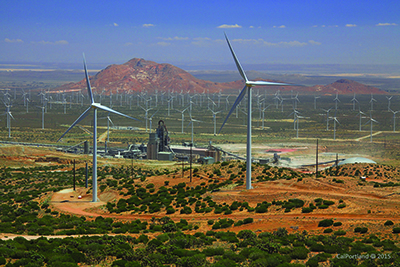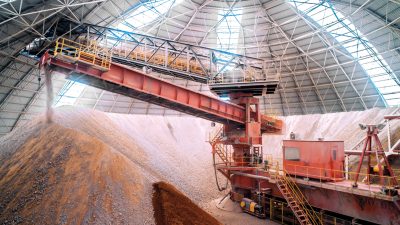ACA Brand Picks Up Where Portland Cement Association Left Off. By Don Marsh Sunsetting a name that it had carried for more than a century frees the American Cement Association (ACA) from distorted perceptions in an era when members and staff might have mere seconds to communicate the organization’s mission and value proposition to the public and construction stakeholders. “In…
Read MoreCategory: Features
The Critical Role of Rail
It Is Essential To Examine How Major Rail Carriers Operate Across Different Regions In North America To Meet Growing Demand. By Jake Tanner
Read MoreHere Comes the IEEE-IAS/PCA Cement Conference
The Cement Industry’s Premier U.S. Show And Conference Comes To Birmingham, Ala. By Mark S. Kuhar
Read MoreAlternative Fuels: Where Next?
Thermal Substitution Rates Up To 100% Are Technically Possible And Are Being Achieved At Some European Plants. But Not In The U.S. Cement Optimized Spoke To Rick Bohan And Sean O’neill Of The Portland Cement Association About The Current State Of Alternative Fuels And What’s Being Done To Accelerate Their Adoption. By Jonathan Rowland
Read MoreCalculating Belt Cleaner Placement on Cement Conveyors
A Common Design Problem Is Fitting Belt Cleaners In The Optimum Locations. By R. Todd Swinderman
Read MoreEmerging Technology for 2025
Executives At Trimble Offer An Outlook For 2025 On A Variety Of Topics. By Mark S. Kuhar
Read MoreProject OZ
Department of Energy Office Assists Ozinga, Furno Cement Production Concept. By Don Marsh
Read MoreIncreasing Efficiency, Easing Demand on the Workforce with Digitalization
Improving Sustainability, Increasing Efficiency And Dealing With Labor Shortages Are Just A Few Of The Challenges The Cement Industry Is Facing. By John Dronette and Jonas Norinder
Read MoreThe View from California
Cement Optimized Spoke To Tom Tietz Of The California Nevada Cement Association About Efforts To Meet The Golden State’s Ambitious Carbon Reduction Goals. By Jonathan Rowland
Read MoreHow Cement Plants Can Cash in by Modernizing Equipment
New Equipment Built For Your Facility Is The Key To Eliminating Downtime, Optimizing Material Flow And Meeting Increased Production Demands.By Andrew Parker
Read More









